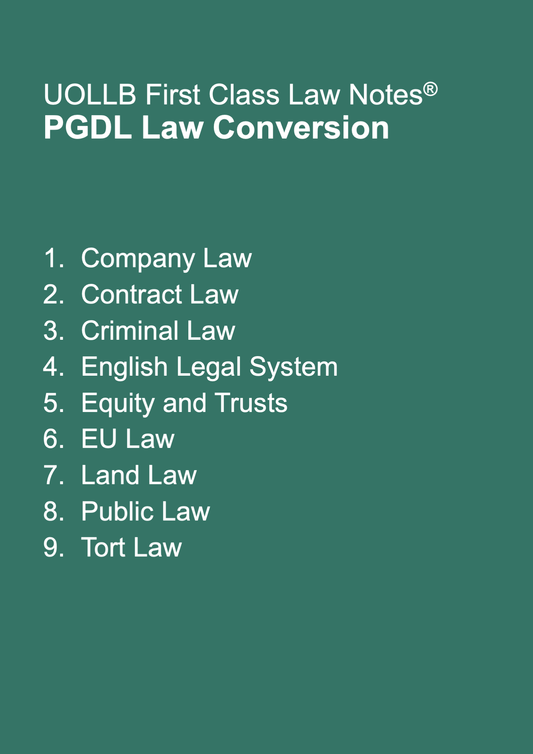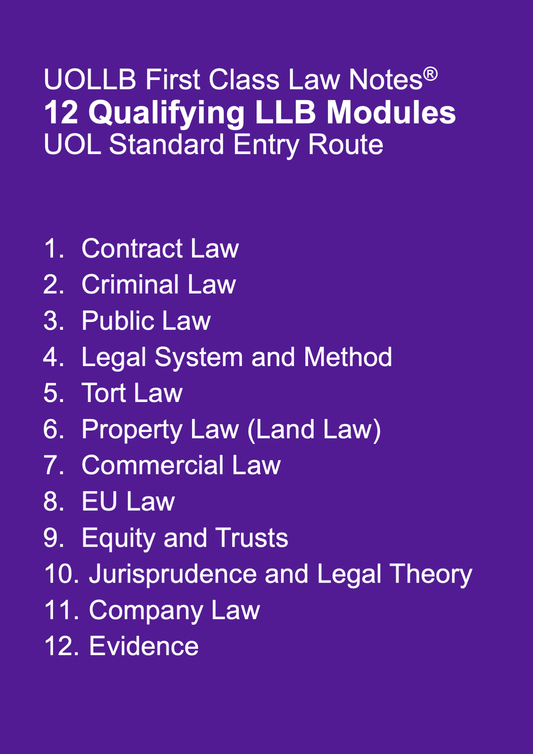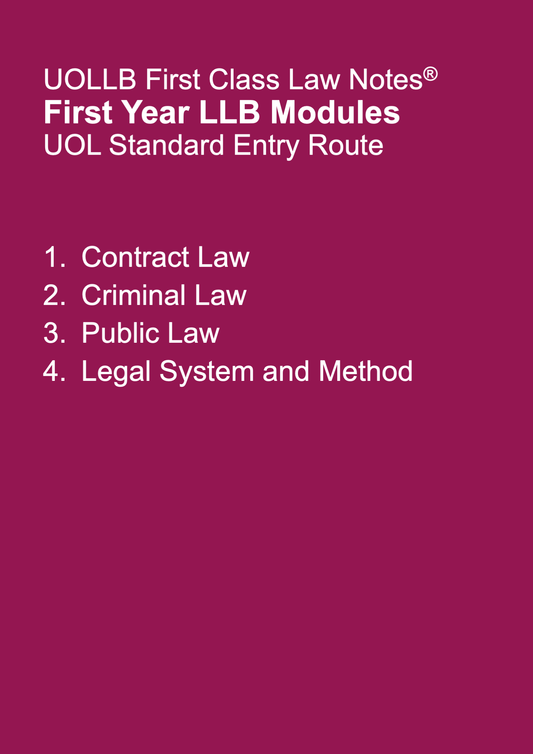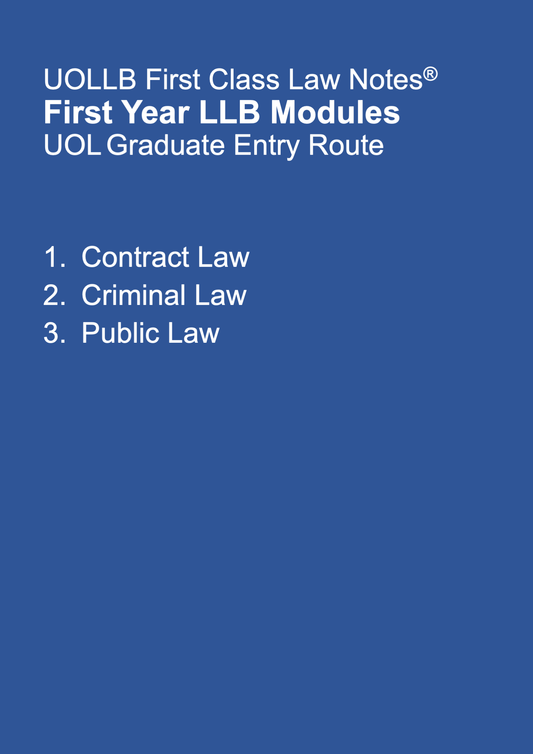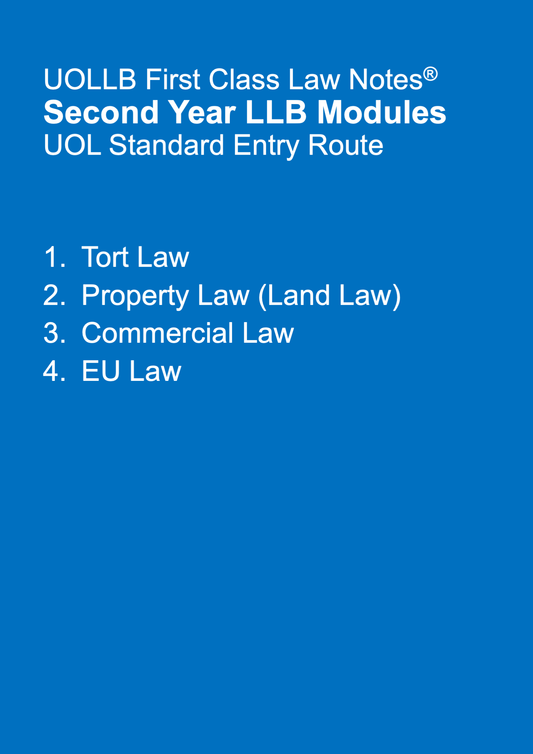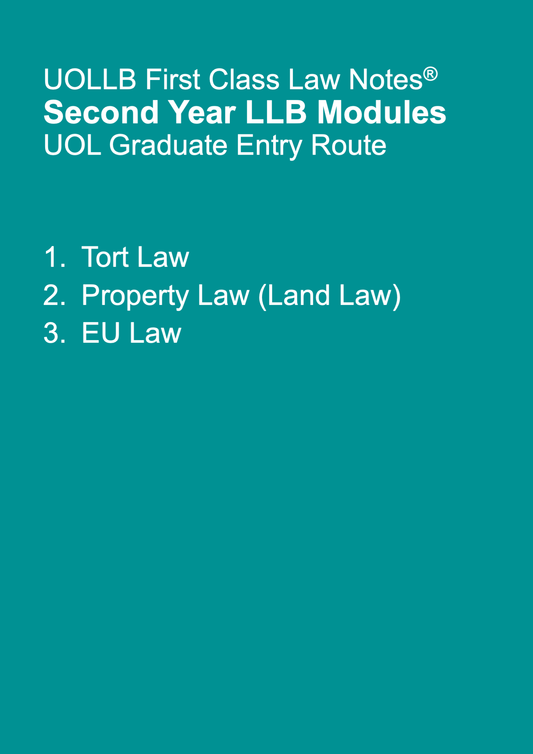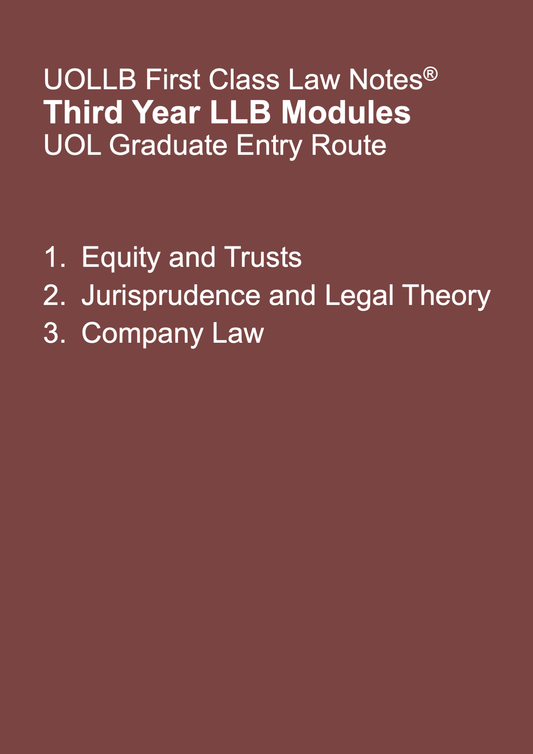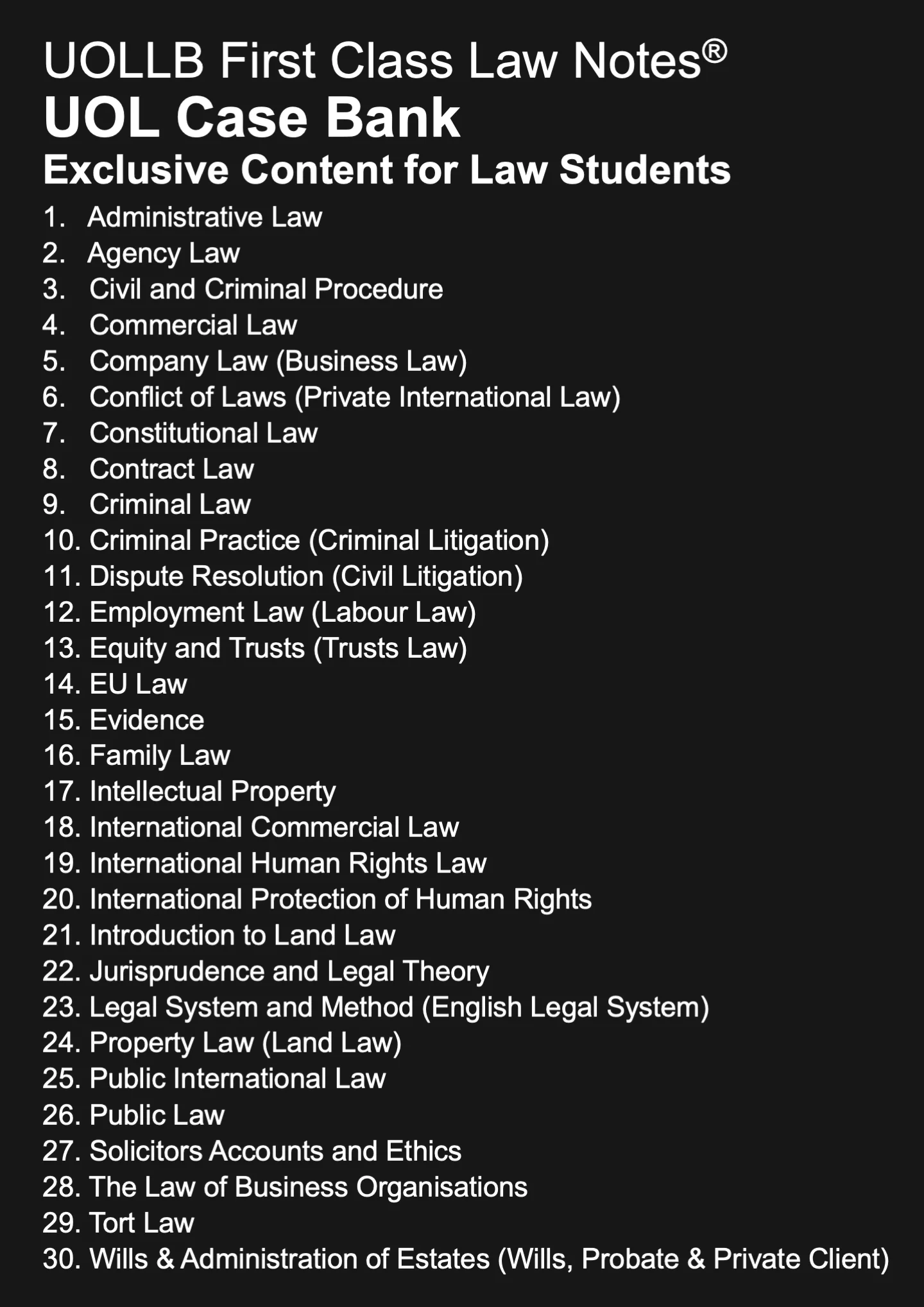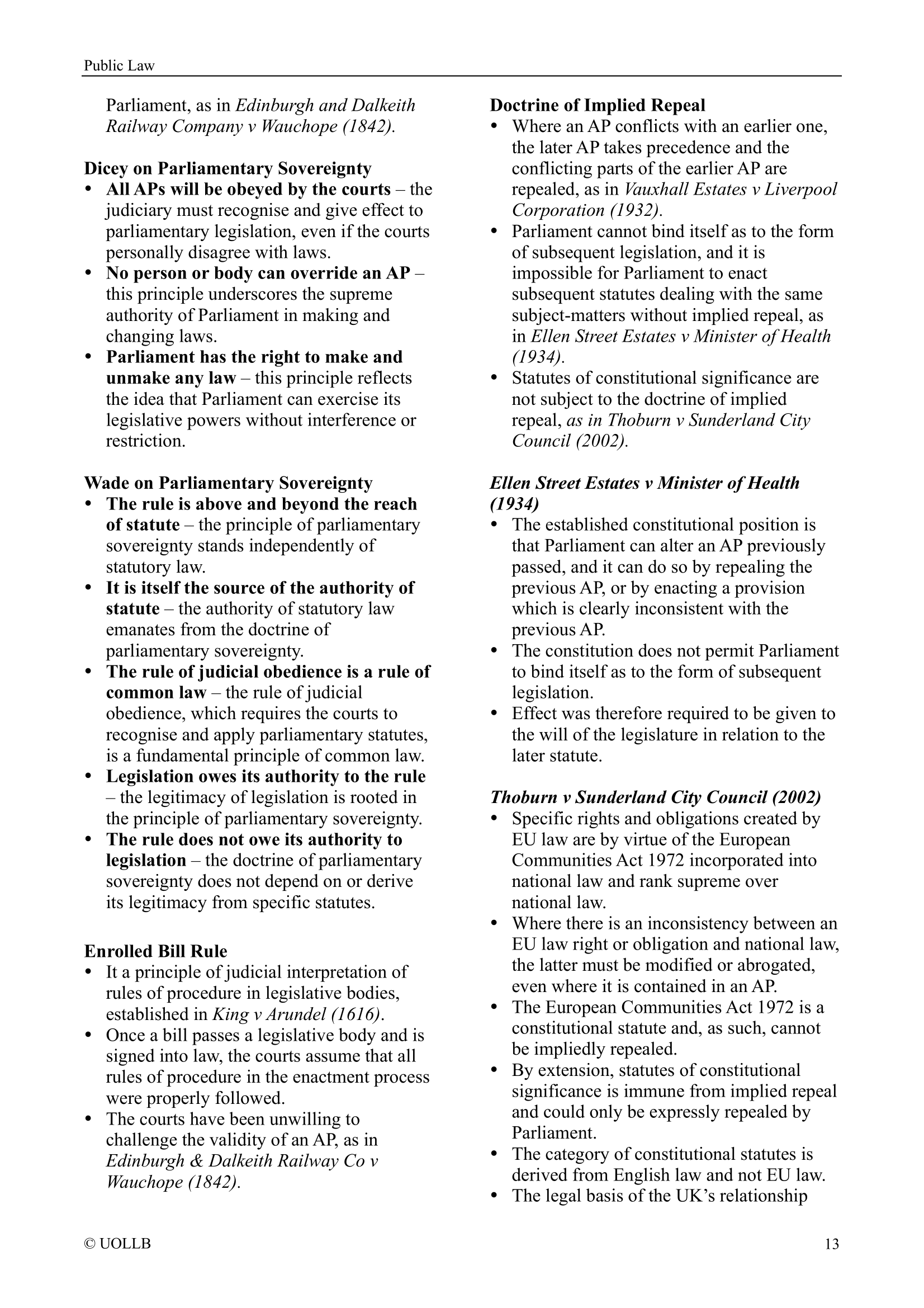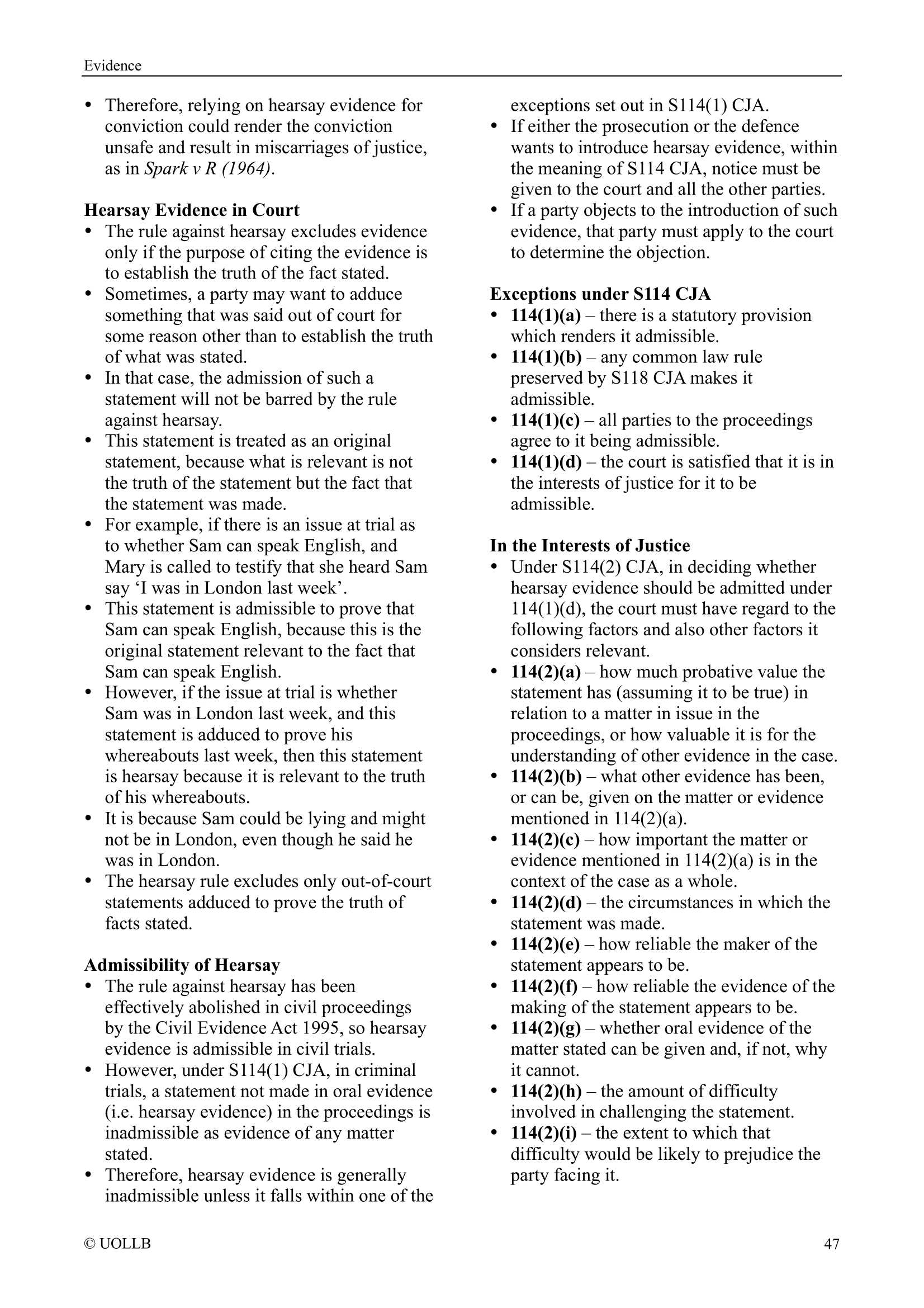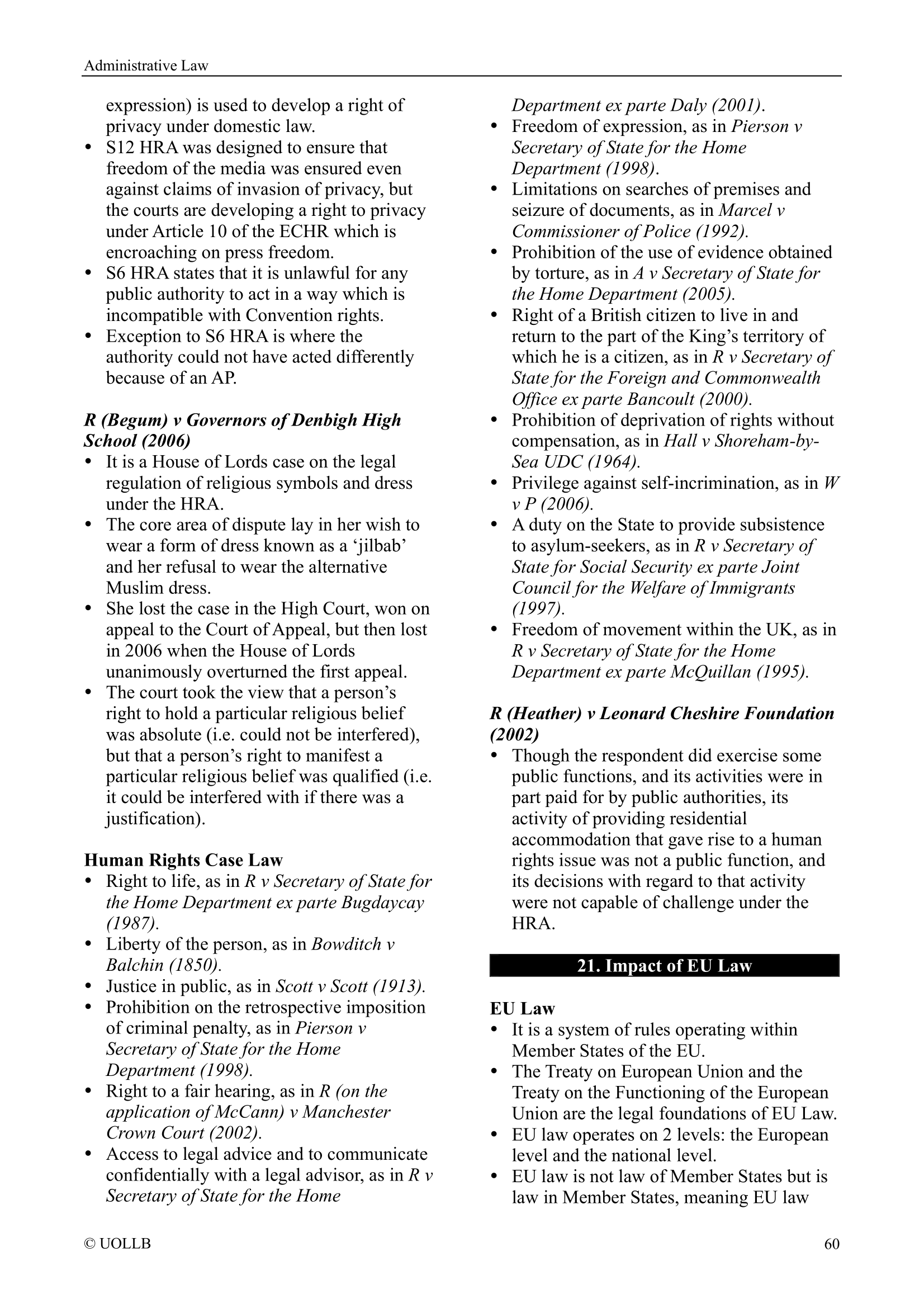Creation and Content of Unregistered Design Right
Share
The unregistered design right refers to a form of legal protection granted to the original design of a product. Unlike registered designs, which require formal registration, the unregistered design right automatically arises upon the creation of the design and provides certain rights to the designer or creator.
Creation: The unregistered design right is established as soon as a qualifying design is created. A design is considered to be any aspect of the shape, configuration, pattern, or ornamentation of a product. It includes both two-dimensional designs, such as patterns, and three-dimensional designs, such as product shapes.
Originality: To qualify for the unregistered design right, the design must be original. Originality means that the design is the result of the designer's own intellectual creation and not a copy or imitation of someone else's design.
Qualifying criteria: The unregistered design right protection applies in the UK and the EU, and there are specific criteria for qualifying designs. In the UK, the design must be created by a British national or resident, or by a citizen of a qualifying country. In the EU, the design must be first made available within the EU.
Scope of protection: The unregistered design right provides the designer with certain exclusive rights. These include the right to prevent others from copying the design or creating products that incorporate a substantially similar design. However, the protection does not extend to functional aspects of a design that are solely dictated by technical considerations.
Duration: The duration of the unregistered design right varies depending on the jurisdiction. In the UK, the right lasts for a maximum of 15 years from the first marketing of products incorporating the design, provided that the design is not disclosed to the public before that date.
Limited protection: It is important to note that the unregistered design right is limited compared to registered designs. It may not provide as strong or comprehensive protection as a registered design right, which offers more certainty and broader scope of exclusivity.
Evidence of ownership: In case of disputes or infringement claims, it is advisable for designers to keep proper records and evidence of the creation and development of their designs. This can help establish ownership and prove originality if needed.
In conclusion, the unregistered design right serves as a valuable form of protection for original designs of products. It automatically arises upon the creation of a qualifying design and provides certain exclusive rights to the designer. While it offers a more accessible and cost-effective option compared to registered designs, its scope of protection is limited, particularly in terms of functional aspects of a design.
Creation: The unregistered design right is established as soon as a qualifying design is created. A design is considered to be any aspect of the shape, configuration, pattern, or ornamentation of a product. It includes both two-dimensional designs, such as patterns, and three-dimensional designs, such as product shapes.
Originality: To qualify for the unregistered design right, the design must be original. Originality means that the design is the result of the designer's own intellectual creation and not a copy or imitation of someone else's design.
Qualifying criteria: The unregistered design right protection applies in the UK and the EU, and there are specific criteria for qualifying designs. In the UK, the design must be created by a British national or resident, or by a citizen of a qualifying country. In the EU, the design must be first made available within the EU.
Scope of protection: The unregistered design right provides the designer with certain exclusive rights. These include the right to prevent others from copying the design or creating products that incorporate a substantially similar design. However, the protection does not extend to functional aspects of a design that are solely dictated by technical considerations.
Duration: The duration of the unregistered design right varies depending on the jurisdiction. In the UK, the right lasts for a maximum of 15 years from the first marketing of products incorporating the design, provided that the design is not disclosed to the public before that date.
Limited protection: It is important to note that the unregistered design right is limited compared to registered designs. It may not provide as strong or comprehensive protection as a registered design right, which offers more certainty and broader scope of exclusivity.
Evidence of ownership: In case of disputes or infringement claims, it is advisable for designers to keep proper records and evidence of the creation and development of their designs. This can help establish ownership and prove originality if needed.
In conclusion, the unregistered design right serves as a valuable form of protection for original designs of products. It automatically arises upon the creation of a qualifying design and provides certain exclusive rights to the designer. While it offers a more accessible and cost-effective option compared to registered designs, its scope of protection is limited, particularly in terms of functional aspects of a design.






